Aso “OKE”: Showcasing its Nigerian Heritage
Product details
All though Africa is popularly referred to as the ‘Dark Continent’, a closer and unbiased look reveals the richness of its culture and its great potential across various industries. Even though the major thrust of this book is Aṣọ-òkè, a hand-
woven textile from Nigeria, references will be made to Africa where and when necessary.
As I attempt to chronicle however briefly the story of Aṣọ-òkè, I cannot but remember the Yoruba saying that loosely translates as “it is from a black pot that white pap emerges”. This statement clearly suggests the richness of Nigerian and, by extension, African heritage.
We are not a people without history, culture, and technologies that cut across various industries including the fashion industry. In my more than five decades of existence, three of which have been dedicated to the fashion industry both in Africa and beyond, I have come to appreciate the richness, diversity, style, and class that fabrics such as Aṣọ-òkè represent.
Aṣọ-òkè, historically woven by men on a narrow double-heddle loom, is a fabric that has been on the scene as far back as the 15th century, originating among the Yoruba people. It is known to make an impression even in its simplest form regardless of who is wearing it. Its design, elegance and texture are perhaps among the reasons why many people beyond the Yoruba have embraced it.
Beyond Iseyin, the town where it originated, in what is now Oyo state, Aṣọ-òkè has gradually spread to other towns and cities where the inhabitants have adopted it to their own styles and patterns. The Igala, Ebira, Tiv, Ekiti, and Ilorin people all have unique styles that are easily identifiable. For instance, Tiv weave their Aṣọ-òkè in black and white, calling it Boko, while the Idoma preferred wine and black. Aṣọ-òkè is also found in Ajase, a city in the modernday Bénin Republic.
It might interest you to know that there are still other variants of Aṣọ-òkè, some of which include the Kijipa, a fabric that has a tougher texture and is considered inferior because of its roughness. However, it is durable and lasts up to 3 or 4 years. Then there is the top-rated Aṣọ-Ofi which is used by royalty, chiefs and the wealthy. Other types of modern Aṣọ-òkè include
Eya, Takunsi, Damask, Metallic, Super Netting, Double Weaving, Check, Rainbow, – tone, Vintage, Lurex Thread, Buttonhole, and Wire to Wire.
As a part of my research on Aṣọ-òkè, I paid a visit to Oje Market in Ibadan, a place considered as being the major market for the sale of Aṣọ-òkè in Nigeria and arguably, Africa. Upon our arrival, we had a conversation with Mrs Oluwakemi Akala, the Iya Loja (market head) who enlightened us on some of the complexities of the market, giving us some insight on why the place has been able to sustain its credibility over the years. We discovered that in the past, to sell Aṣọ-òkè in that market, a person had to be an indigene of Oje and must undergo training. She further explained that while that rule is more relaxed today, the market has a mechanism in place to ensure that only truly indigenously woven Aṣọ-òkè is allowed for sale there. To this extent, an order can take between 1-2 months before delivery. But when it eventually comes, you are certain that it is the real deal, and it is not imported.
The many possibilities that are locked within Aṣọ-òkè, and how it has evolved over the years would leave you in awe. Have you ever imagined an Aṣọ-òkè fabric outside of the typical owambè (party) attire?
Ade Bakare
London, England
Measurement Guides
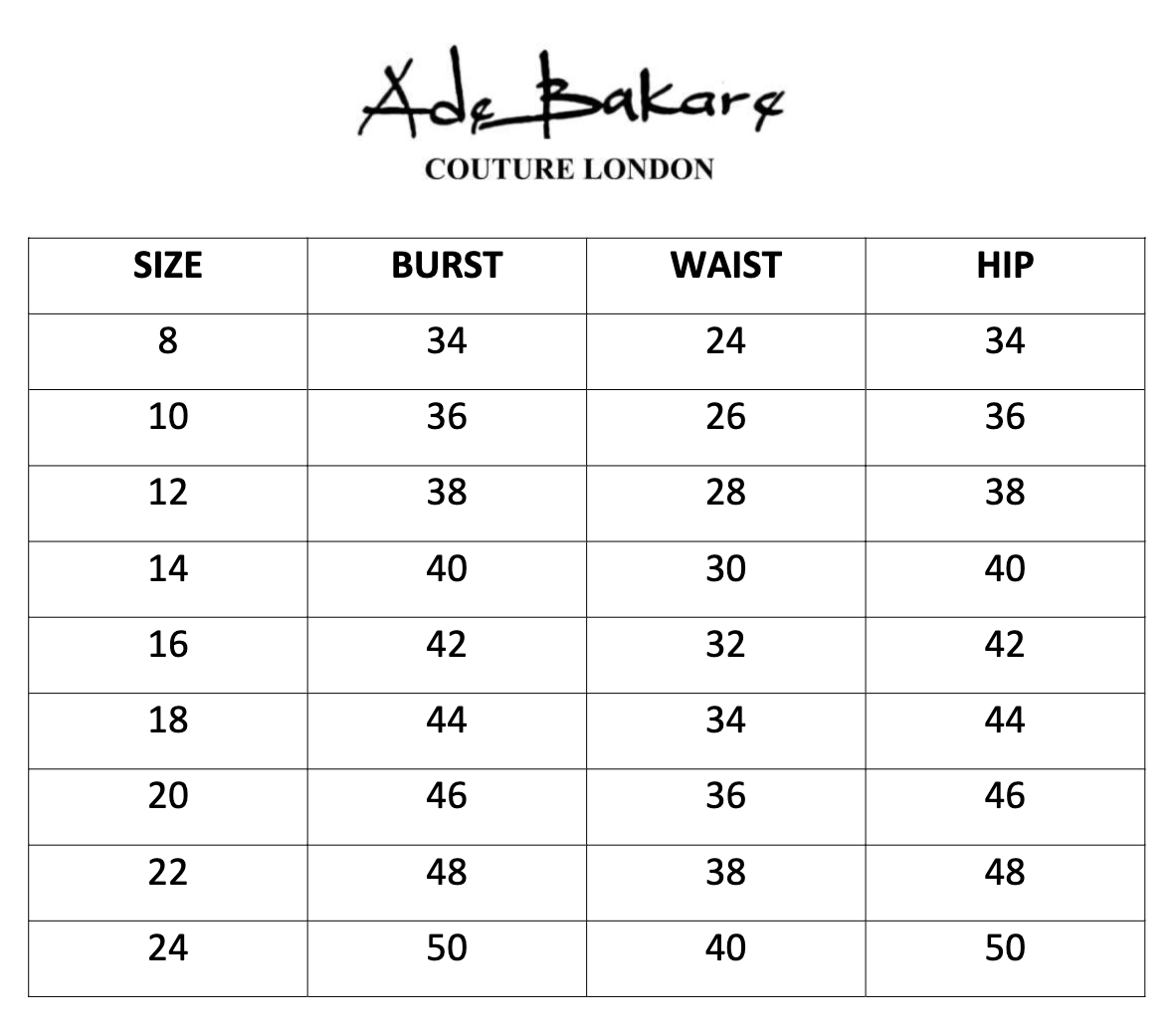
Shipping and Returns
Shipping cost is based on weight. Just add products to your cart and use the Shipping Calculator to see the shipping price.
We want you to be 100% satisfied with your purchase. Items can be returned or exchanged within 30 days of delivery.

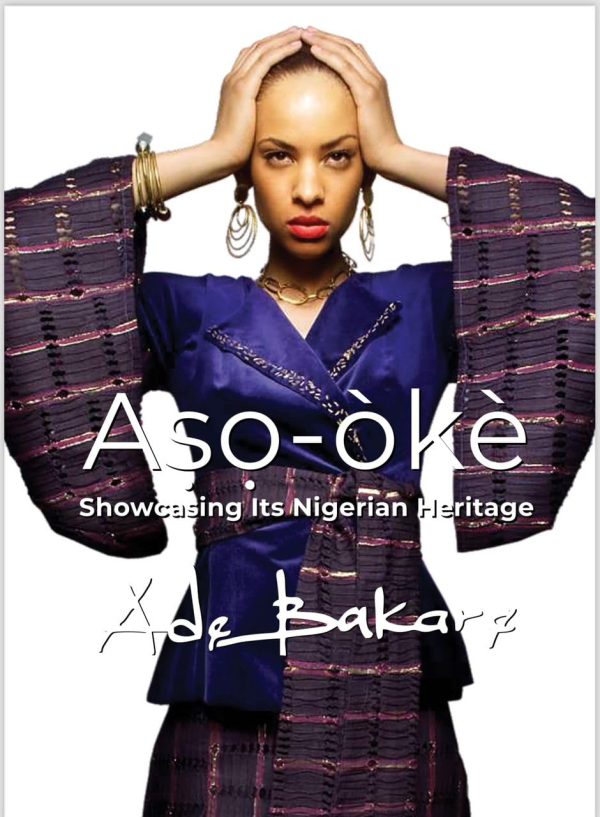
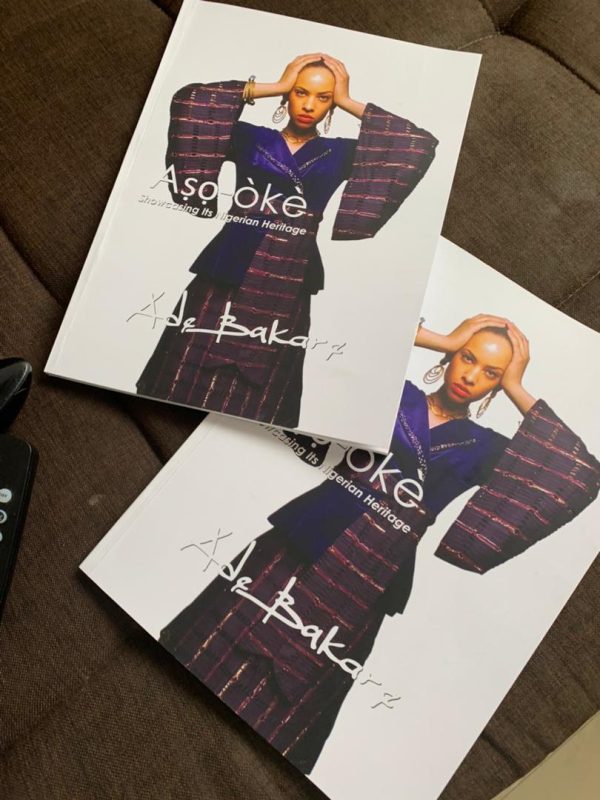
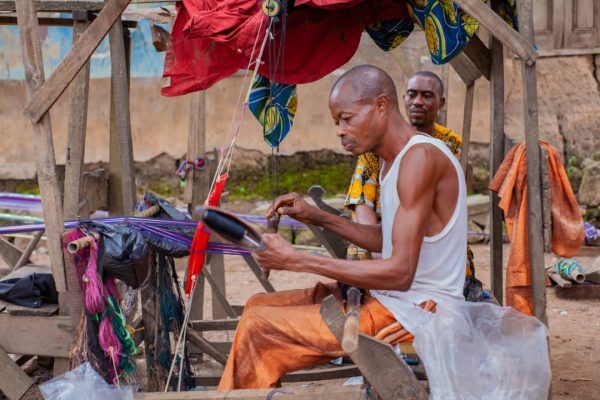
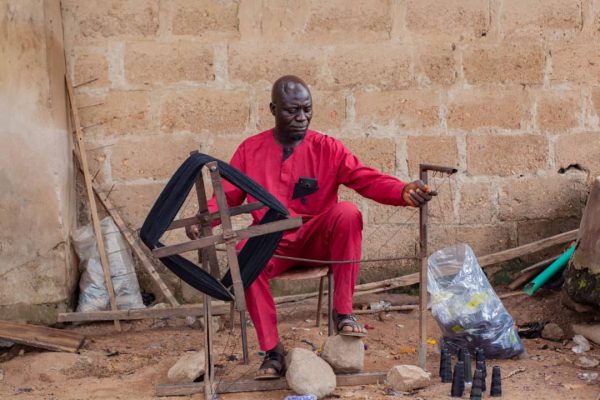
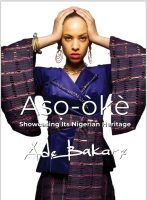
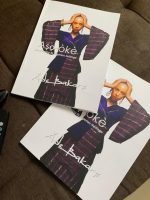
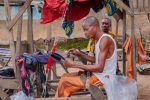
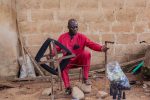
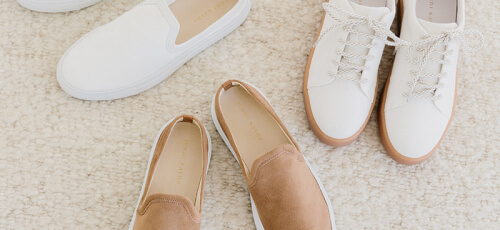
Rating & Review
There are no reviews yet.